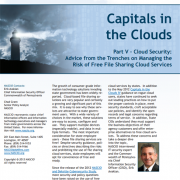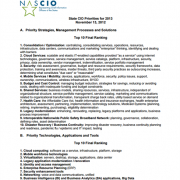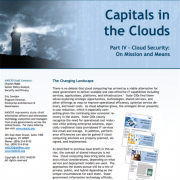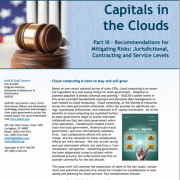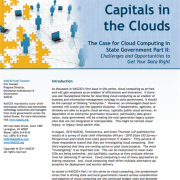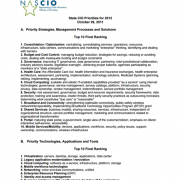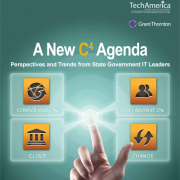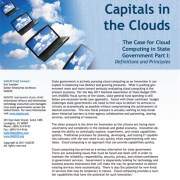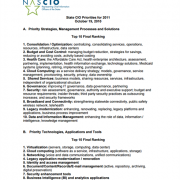Capitals in the Clouds Part V: Advice from the Trenches on Managing the Risk of Free File Sharing Cloud Services
Cloud-based file sharing solutions have become very popular and certainly a growing and significant part of day-to-day computing. It is easy to see why these services are attractive to state government users after using them in many facets of their personal life. With a wide variety of choices in the market, these solutions are easy to access, configure and use. They support multiple devices (especially mobile), and data in multiple formats. The most important consideration for state employee users – these file sharing services are free. Since the release of the 2012 NASCIO and Deloitte Cybersecurity Study, more security and policy questions have been raised on the use of free cloud services by states. In addition to the May 2012 Capitals in the Clouds IV guidance on rogue cloud users, states have continued to seek out leading practices on how to put the proper controls in place, meet security standards, craft acceptable use policies, and identify the open records and legal concerns regarding terms of service. This brief helps to provide real experience from Commonwealth of Pennsylvania on free cloud services.

